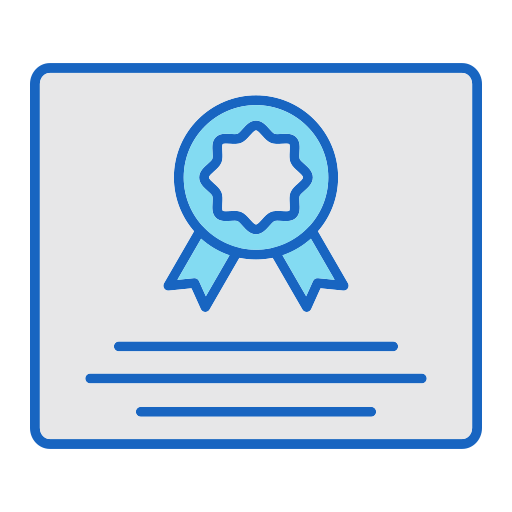What We Are PROPOSING

Recorded Videos
We provide recorded lectures.Students who want to access the recorded lectures can enroll in them.

Customize Live Sessions
We offer 1 on 1 live training sessions to the students who are willing to solve their problems.

Campus Training
We give offline classroom training to interested candidates who want to make their careers in IT field.










